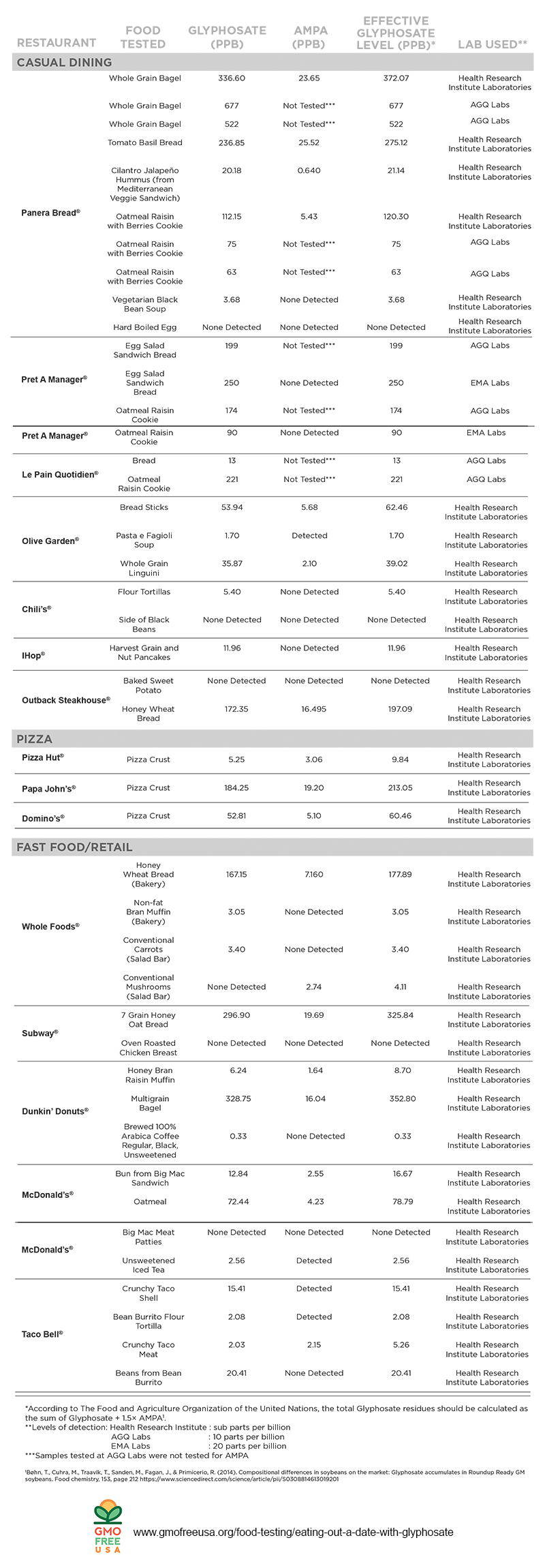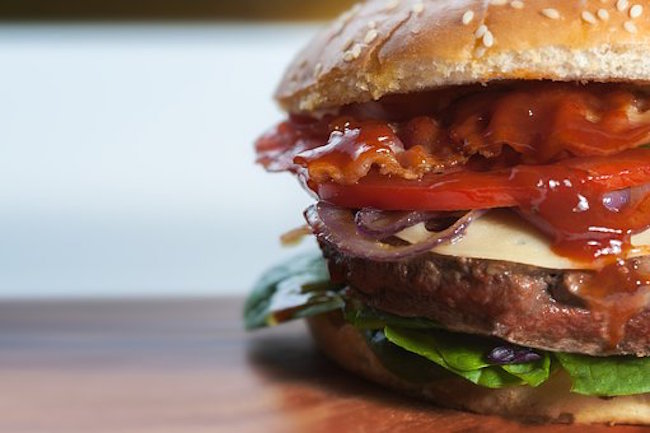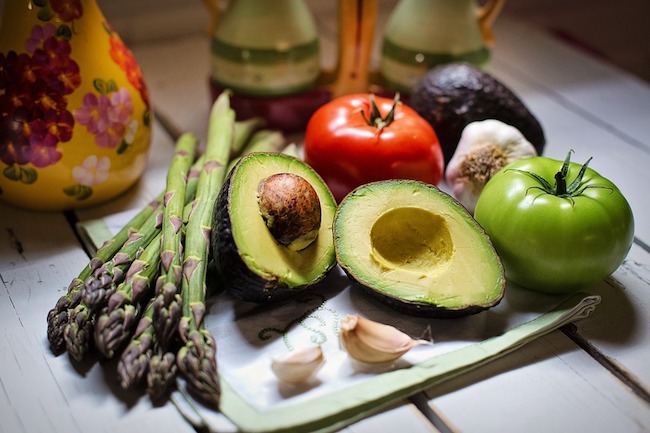What’s In Standard Fast Food & Chain Restaurants Menus: Seriously, Is It Safe To Eat? By Catherine J. Frompovich for Natural Blaze
Up front, I must admit I have conflicts of interest in writing this article. I eat about 95% to 98% organically-grown food, mostly all fresh, too! That’s the extent of my “conflict of interest,” since I do not advertise any brands or products, and never have in my professional career.
With all the research since the late 1970s into what can make the human body sick, including the overwhelmingly outrageous additions of toxic agricultural and animal-husbandry-chemicals, food processing ingredients, and the fact most processed foods are made using fluoridated water, I came to the conclusion long ago, “You can’t poison a body into wellness,” so I structured my professional and personal healthcare lives to “walk the talk.”
I truthfully can say I’ve not been in a fast food chain restaurant (i.e., hamburger joint-type) since the 1960s! Even then, I think I was there maybe a total of a dozen times, as I really don’t like greasy food! However, in the 1990s, my late husband and I were on a bus trip for seniors and we had a ‘pit stop’ at one of those places. Boy, did I have a hard time getting eggs scrambled in butter!
Over the years the chemicalization of air, water and food has been nothing to sneeze at—literally or figuratively! According to The Telegraph News, the Number of toxic chemicals applied to vegetables has risen 17 fold since the 1960s was published November 27, 2017.
Do you know that the number of chemicals applied to leeks, onions, potatoes and wheat has been increasing steadily since the 1960s? Don’t many out-of-bag or box snacks contain most, if not all, of the above?
The above Telegraph article states:
Onions and leeks have seen the biggest rise in toxic chemicals applied to them with the number rising 17 fold from 1.8 in 1966 to 32.6 in 2015, the data showed.
Back in 1974 less than two chemicals were applied to an average wheat crop, a figure which rose more than ten fold to 20.7 in 2014.
And potato crops are now sprayed with five times more chemicals than they were in 1975 with the number rising from 5.3 to 30.8 in 2014.
[….]
Minimally as a precaution you should minimise your exposure to pesticides. The only way to guarantee that, is by eating organically.”
“A long term study of roundup in rats found that the lowest dosage, that was 75,000 times below the recommended dose of glyphosate [a common crop weed killer] had Anatomical Level toxicity leading to fatty tissue liver disease. [CJF emphasis]
Is there any wonder as to why U.S. citizens are packing on ‘the pounds’ like never before? The current obesity rate in the USA was confirmed in
A second study from the National Center for Health Statistics at the CDC showed that 39.6% of US adults age 20 and older were obese as of 2015-2016 (37.9% for men and 41.1% for women).
Source: Wikipedia
However, there is a “sleeper disease” sneaking in from eating all that chemicalized food; it’s “Nonalcoholic fatty liver.”
Nonalcoholic fatty liver disease (NAFLD) is a condition in which fat builds up in your liver. Nonalcoholic steatohepatitis (NASH) is a type of NAFLD. If you have NASH, you have inflammation and liver cell damage, along with fat in your liver.
Source: National Institutes of Health
What are the statistics for NAFLD?
Fatty liver disease affects more than 25 percent of the U.S. population. Too much fat in the liver may cause inflammationand scarring that can predispose to cirrhosis, preventing this hardworking organ from doing its job. Mar 22, 2017
Source: Wikipedia
***
The FDA should now be concentrating on testing all crops that are desiccated using glyphosate, these include wheat, oats, lentils, peas, soybeans, corn, flax, rye, triticale, buckwheat, millet, canola, sugar beets, sunflowers and potatoes.
Source: Sustainable Pulse
[CJF emphasis]
GMO Free USA’s Report “Eating Out: A Date With Glyphosate” lists three contaminants, including glyphosate and AMPA, [one of the primary degradation products of the herbicide glyphosate. AMPA has toxicity which is comparable to that of glyphosate and it is therefore considered to be of similar toxicological concern as (harmful in greater than 0.5 parts per billion) glyphosate itself. (1)].
The cumulative effect for the following restaurant types of foods that were tested: Casual Dining; Pizza; and Fast Food / Retail.
 Check out how AMPA increases the Effective Glyphosate Levels!
Check out how AMPA increases the Effective Glyphosate Levels!
According to Organic Consumers Association, in an online newsletter to me,
GMO Free USA tested foods from Chili’s Grill & Bar, Domino’s Pizza, Dunkin’ Donuts, IHOP, Le Pain Quotidien, McDonald’s, Olive Garden, Outback Steakhouse, Panera Bread, Papa John’s, Pizza Hut, Pret a Manger, Subway, Taco Bell, and Whole Foods Market.
As someone who has seen what poor eating habits and patterns over a lifetime can do to humans, I have to wonder when consumers will get it right about food. Most complain about the costs of organically-grown food? Well, have you checked out the costs of cancer treatment these days?
Most cancer drugs launched between 2009 and 2014 were priced at more than $100,000 per patient for one year of treatment.
Source: National Cancer Institute
How much of that does your insurance plan cover?
For those who want to “get it right about food,” here’s the 2019 “Dirty Dozen” and “Clean Fifteen” food lists prepared by Environmental Working Group.
Every year since 2004 the EWG Guide ranks the pesticide contamination of 47 popular produce items based on the results of more than 40,900 samples taken by the USDA. Here is 2019 Dirty Dozen & Clean Fifteen according to the nonprofit nonpartisan organization EWG:
Dirty Dozen:
- Strawberries
- Spinach
- Kale
- Nectarines
- Apples
- Grapes
- Peaches
- Cherries
- Pears
- Tomatoes
- Celery
- Potatoes
Clean Fifteen
- Avocados
- Sweet Corn
- Pineapples
- Sweet Peas Frozen
- Onions
- Papayas
- Eggplants
- Asparagus
- Kiwis
- Cabbages
- Cauliflower
- Cantaloupes
- Broccoli
- Mushrooms
- Honeydew Melons
Source: WorldHealth.net




